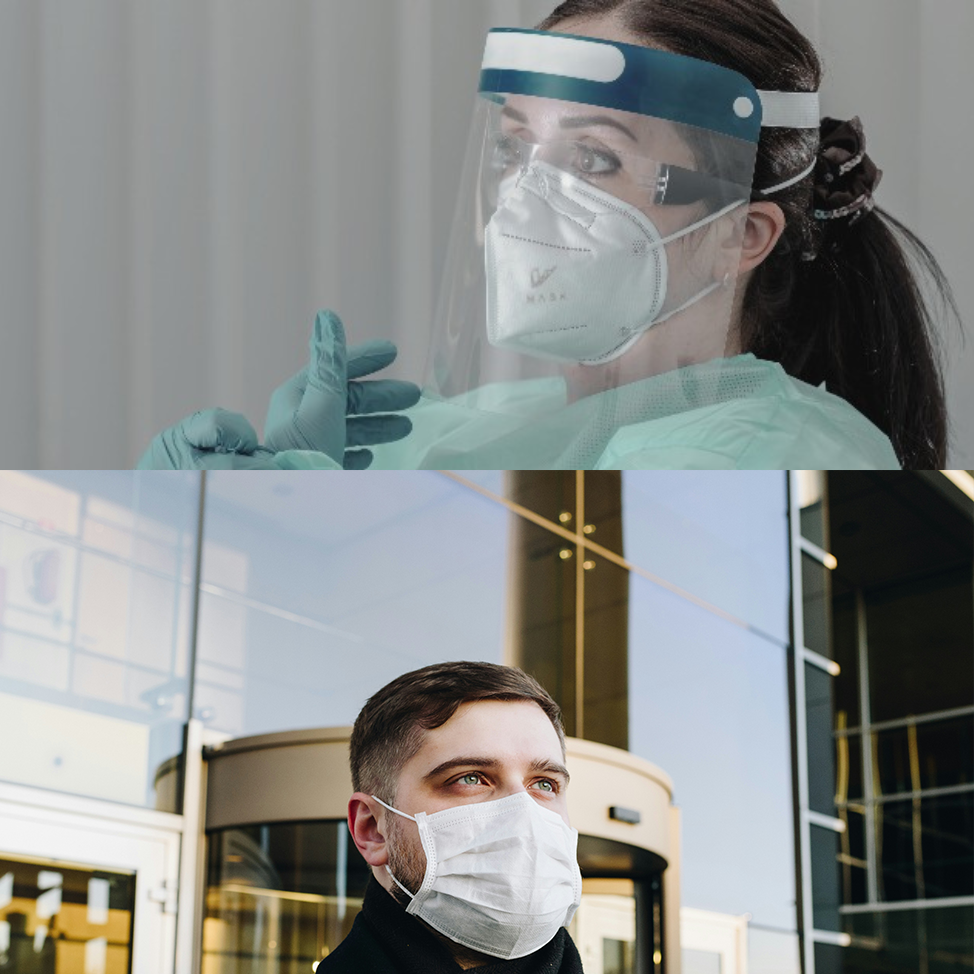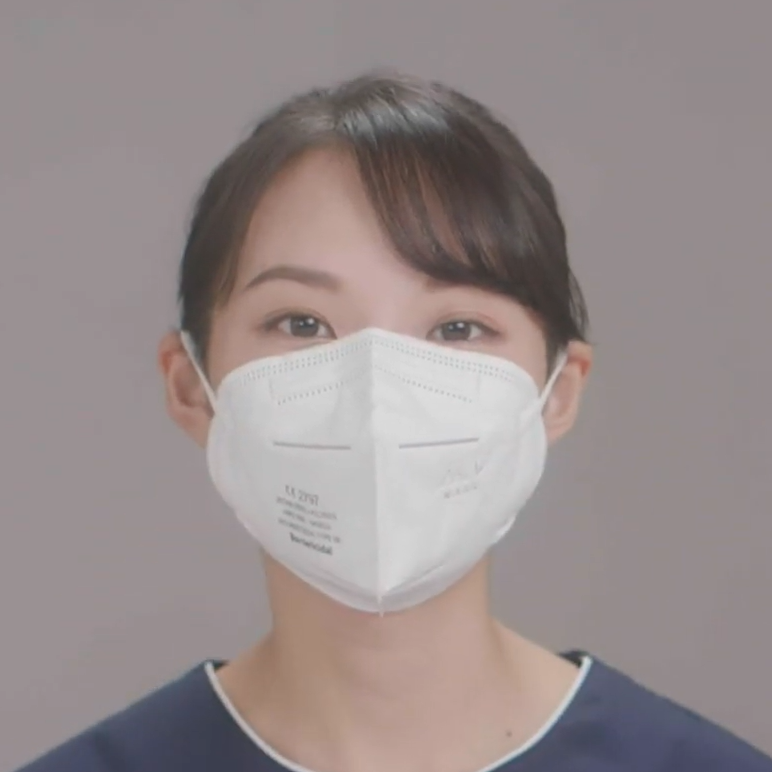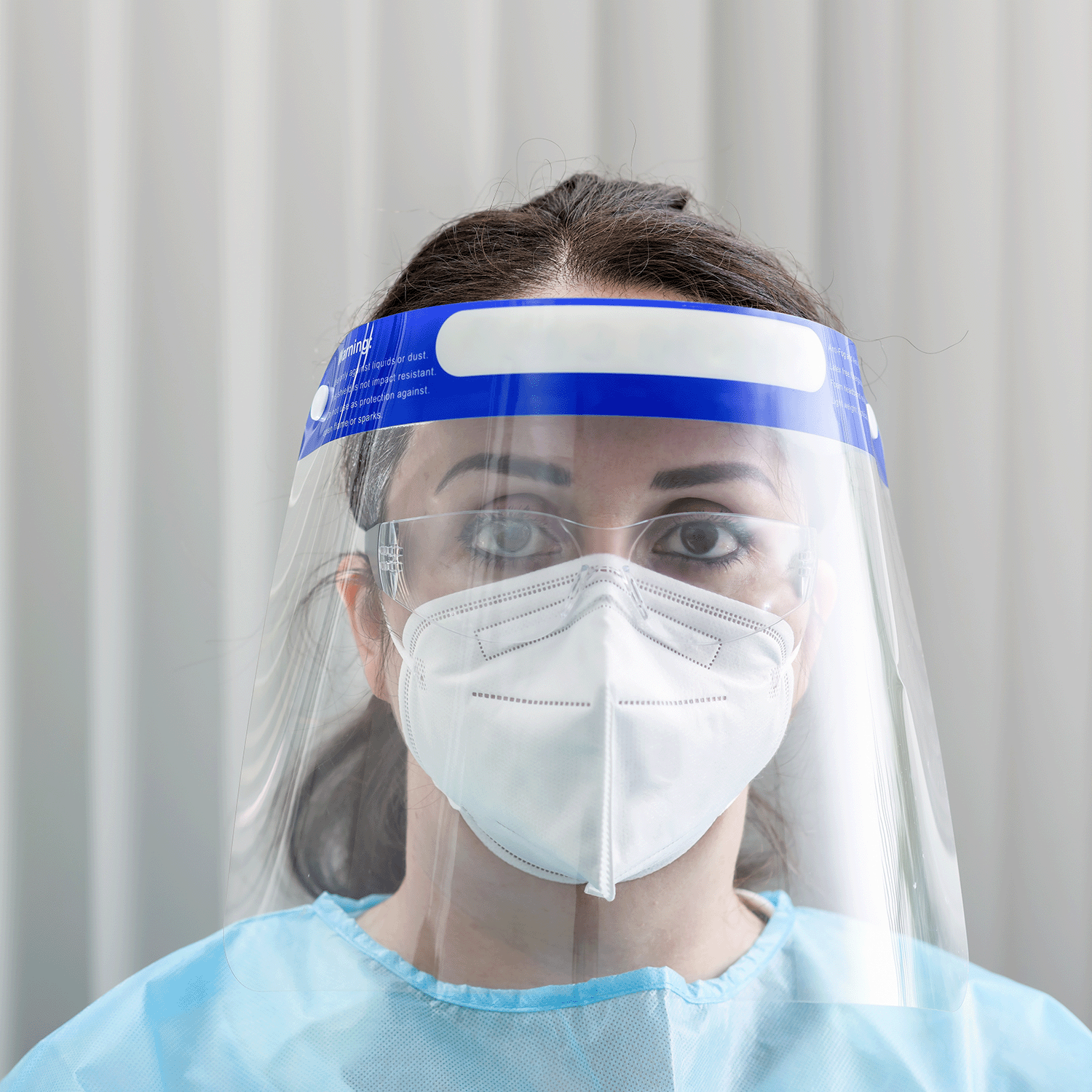
What are the Differences between Mask and Respirator?
Learn the Differences between Mask and Respirator to Make the Right Choice
Mask and respirator are two different types of personal protective equipment, primarily used to protect the wearer from the effects of harmful substances. However, they differ in design, applications and functionality:
Design and Structure
-
Masks:
- Usually made from multiple layers of non-woven fabric, soft and lightweight.
- Mainly used to block large particles (such as droplets, dust) from entering the respiratory tract.
- Most masks (e.g. ordinary surgical masks) do not guarantee a tight seal, and there may be gaps when wearing masks.
-
Respirators:
- More complex design, typically including filter and sealing devices.
- Provide a higher level of protection, blocking small particles, gases or vapours. Classified into levels such as N95, N99 based on filtration efficiency.
- Respirators must undergo fit test when worn.
Protection Level
-
Masks:
- Generally used for everyday protection, with limited effectiveness against infectious diseases, especially for filtering out small particles.
-
Respirators:
- Provide a high level of protection, effectively filtering pollutants and pathogens in the air.
- Suitable for industrial, medical and other environments requiring high filtration efficiency.
Use Cases
-
Masks:
- Commonly in public places, medical institutions, and daily life.
- Mainly used in low-risk environments without aerosol dispersal.
-
Respirators:
- Used in potentially hazardous work environments (e.g. chemical plants, construction sites) or during pandemics (e.g. COVID-19) to provide higher protection.
- Suitable for prolonged exposure to harmful substances.
- Used by healthcare workers caring for patients with respiratory infectious diseases.
Comfortability
-
Masks:
- Generally lighter and more comfortable to wear for long periods.
-
Respirators:
- Traditional respirator designs are more tightly fitted, and the multiple layers for enhanced filtration may harm breathability.
- NASK nanofiber respirators use patented technology to kill bacteria, viruses and fungi, without additional layers, thus balancing protection and breathability. The 3D contoured design is lightweight and comfortable for long-term usage.
In summary, the choice between masks and respirators depends on the specific use case and protection requirements. Select the appropriate protective equipment to safeguard your and your family's health!







Leave a comment
This site is protected by hCaptcha and the hCaptcha Privacy Policy and Terms of Service apply.